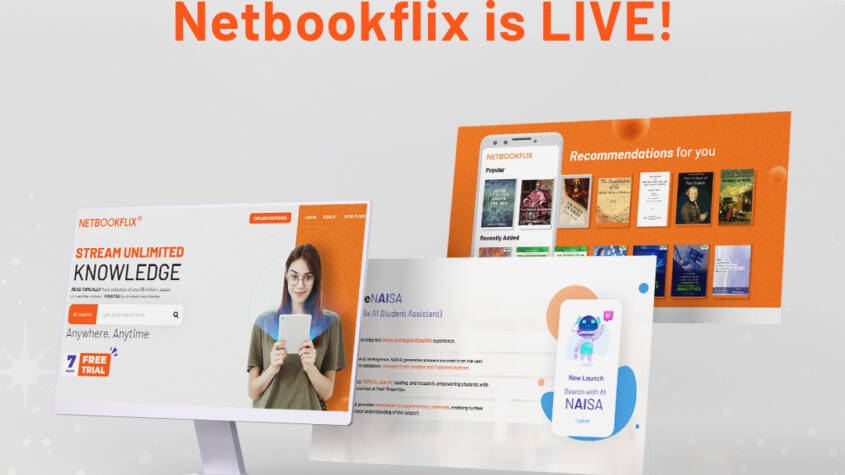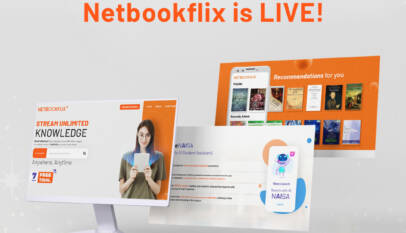Educational Videos Online Unlocking Effective Learning Resources
Educational videos online offer a practical and accessible way for learners of all ages to gain knowledge across various subjects. These videos often combine expert instruction with engaging visuals, making complex topics easier to understand and remember.
They provide free or low-cost access to quality education, supporting both formal and informal learning environments worldwide. Platforms like TED-Ed, Khan Academy, and PBS KIDS offer extensive libraries catering to different age groups and subjects, ensuring learners can find resources tailored to their needs.
With the rise of online education, these videos also serve as valuable tools for teachers and homeschooling families, allowing them to supplement lessons with proven, interactive content. This versatility makes educational videos an increasingly important resource in modern education.
Benefits of Educational Videos Online
Educational videos online provide a variety of advantages that enhance understanding, offer flexibility, and broaden access. These benefits cater to different learning needs and environments, making them effective tools in modern education.
Enhanced Learning Experience
Educational videos combine visuals, audio, and text, creating a multi-sensory environment that supports varied learning styles. This approach can improve retention by presenting information through multiple channels simultaneously.
Videos often use animations or demonstrations, which help clarify complex concepts that may be difficult to explain through text alone. They also keep learners engaged by breaking up monotony and providing real-world examples.
Additionally, instructors can manage cognitive load by pacing content clearly and highlighting key points. This focused delivery helps students process information without feeling overwhelmed.
Accessibility for Diverse Audiences
Online educational videos make learning available to a wide range of learners regardless of geographical location or physical ability. They can include subtitles, transcripts, and adjustable playback speeds to accommodate different preferences and needs.
These videos also serve learners with disabilities, such as hearing or visual impairments, by integrating features like captions or audio descriptions. Moreover, learners can access content anytime, supporting those with varying schedules or responsibilities.
The format suits different education levels, from K-12 to professional development. It enables institutions to provide content consistently, ensuring standardized instruction for diverse groups.
Flexible Learning Pace
Learners can control the pace when using online videos. They have the option to pause, rewind, or rewatch sections, allowing thorough understanding before moving forward.
This flexibility supports self-directed learning and helps address gaps in knowledge without pressure. Students struggling with specific concepts can spend extra time while others can accelerate through familiar material.
Such control is especially valuable in blended or flipped classrooms, where videos prepare students before active in-person sessions. It encourages active learning by allowing review and repetition as needed.
How to Choose Quality Educational Videos
Selecting effective educational videos requires attention to the source of the content, clear standards for video quality, and access to reliable platforms. Ensuring videos meet educational goals and are appropriate for learners improves both engagement and comprehension.
Reliable Content Sources
Quality educational videos often originate from reputable institutions or experts in their fields. Universities, recognized educational organizations, and professional educators are trustworthy sources. Videos created or reviewed by subject matter experts enhance accuracy and depth.
It is important to verify who produces the video and their credentials. Content that cites sources or references research typically offers greater reliability. Student feedback and peer reviews can also indicate quality and relevance.
Avoid videos from unknown or unverified creators, as misinformation or outdated material may be present. Clear author identification and affiliation provide transparency and build trust in the content.
Criteria for Evaluating Video Quality
Effective educational videos communicate learning objectives clearly and maintain focus on key concepts. They use simple, precise language suitable for the target age or skill level.
Visuals should support understanding through diagrams, animations, or examples. Good pacing and a well-organized structure prevent cognitive overload. Engagement is increased by including interactive elements or prompts for reflection.
Technical quality matters as well: clear audio, steady visuals, and appropriate video length contribute to better retention. Videos generally perform best when they are concise—often between 5 to 15 minutes—to maintain learner attention.
Recommended Online Platforms
Platforms such as Khan Academy, Coursera, and TED-Ed provide a broad range of vetted educational videos. These sites often employ expert reviewers to maintain content quality.
YouTube channels affiliated with universities, libraries, or established educational organizations also offer reliable materials. Many platforms categorize videos by subject and difficulty, aiding targeted searches.
Additionally, sites like EdX and National Geographic Education produce specialized content in various fields. Access to transcripts, subtitles, and quizzes on these platforms further supports diverse learning needs.
Hire Game Developer in India for Cost-Effective and Skilled Game Development Solutions
Hire game developer in India offers access to a large pool of skilled professionals who sp…







